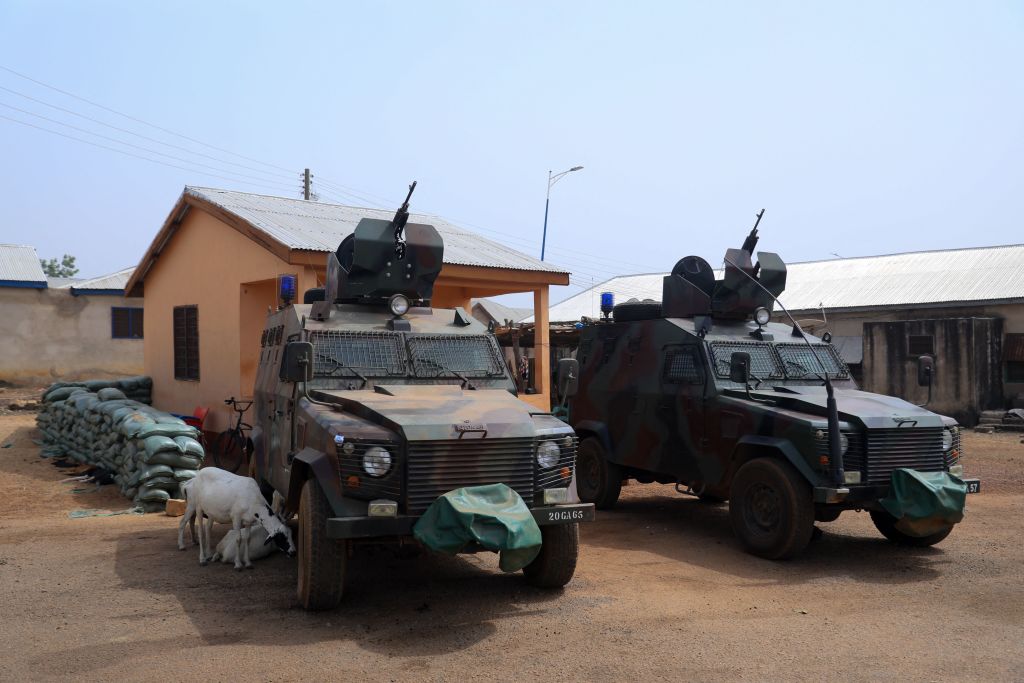ADF STAFF
In Ghana’s northeast corner, residents of border communities such as Sapelliga and Bawku see citizens of Burkina Faso fleeing violence and many wonder when it will descend on them.
“Everyone in this community is worried because we don’t know exactly where [terrorists] are and where they come from,” Sapelliga resident Awudu Abanga told DW news service. “Who knows where the terrorists will come from?”
Bawku, a key trading hub for the region, is a 45-minute drive from the Burkinabé community of Bittou, where terrorists killed six people in December.
As they have watched their neighbors repel repeated attacks, Ghana’s leaders have been fortifying border regions. That has helped make Ghana an island of calm in the region.
“We are getting the army, the police, immigration and all that involved because our border is very porous,” Upper East Regional Minister Stephen Yakubu recently told AFP. “We are trying to put these people in these places, so that if there is any crossing at all, even in the night, the army will deal with them.”
The Ghana Armed Forces (GAF) has established forward operating bases across the northern regions and provided those units with more equipment to ensure they can monitor the border and response quickly to threats, Vice Adm. Seth Amoama, chief of defense staff for the GAF, told a gathering at the International Defence Exhibition and Conference hosted by Ghana in October.
“Government is also increasing state presence across the country, so that there would be no ungoverned spaces anywhere in the country,” Amoama said, according to the Ghana Peace Journal.
Porous borders with Burkina Faso present a challenge to Ghana’s efforts to prevent terrorists from entering the country. Burkinabé citizens fleeing the violence in their own country regularly cross the dry Nakambé or Nouhao rivers that form the border, seeking refuge in Ghana at night and returning to Burkina Faso during the day.
While Ghana has 44 official border crossings with Burkina Faso, there are about 190 other places where people cross, according to security analyst Adib Saani.
“The biggest threat is combatants pretending to be civilians fleeing the clashes coming into Ghana and preparing the ground [for terrorism]” Saani told DW.
According to a report released last year by the Konrad Adenauer foundation, Ghana has taken other measures to respond to the threat of terrorism, among them:
- Reorganizing the northern regions to make them easier for security forces to operate.
- Launching programs aimed at boosting the economy of its northern border regions, where unemployment is high, particularly among the young men terrorist groups often target.
- Promoting regional counterterrorism collaboration through the 2017 Accra Initiative.
The Ghanaian government also launched a campaign last year called “See Something, Say Something” that encourages people to report suspicious behavior in their communities to the authorities.
During last November’s “State of the Region” report, Yakubu said the “See Something, Say Something” program has been embraced by residents of his region even as they keep a close eye on what’s happening across the border.
“It’s a real tragedy, because people see people fleeing from Burkina Faso into Ghana and they’re being told why they’re fleeing,” Yakubu told AFP. “Therefore, people are mindful that is it going to happen also in Ghana.”

